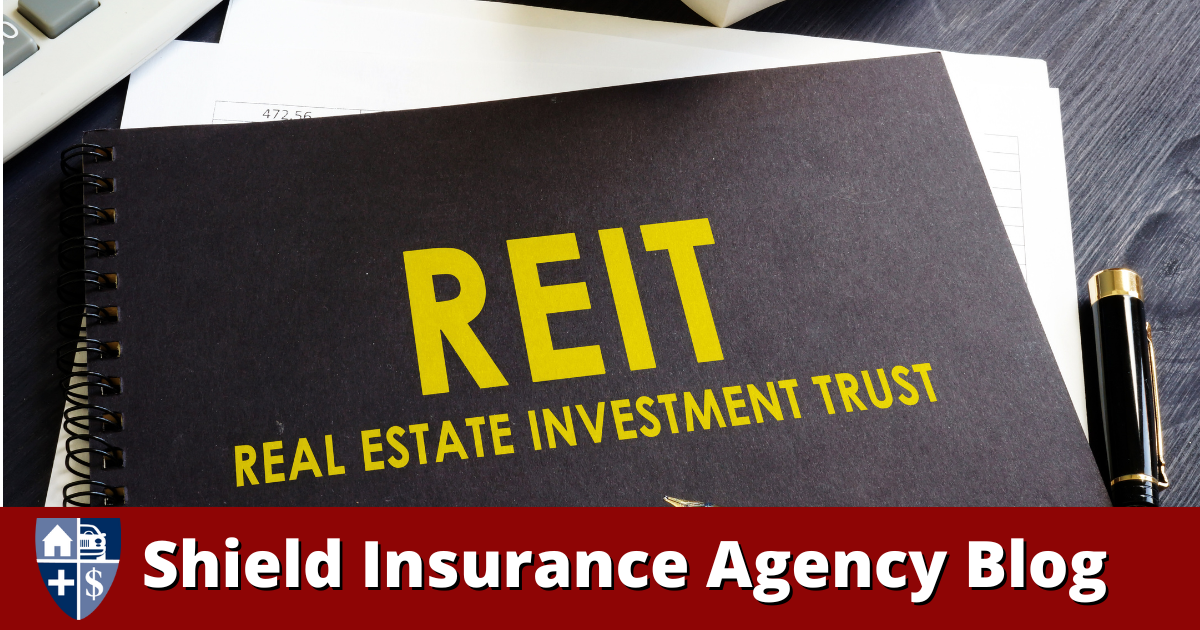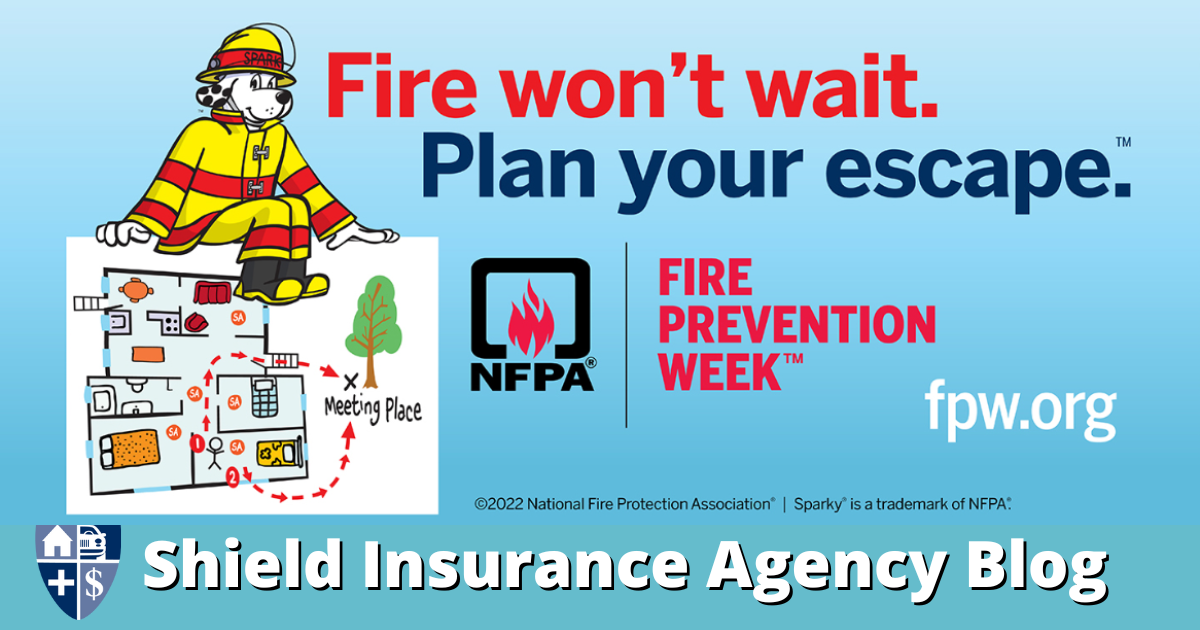
What is a REIT and How to Invest in Them
From what a REIT is to how it invests, here’s how to make money from these real estate vehicles.
US News.com | By Paulina Likos and Coryanne Hicks | May 18, 2021, at 4:17 p.m. | REITs
The Ultimate Guide to REITs
A real estate investment trust, or REIT, is a company that owns, operates or finances income-producing real estate.
This is often done by pooling investors’ money to buy and possibly manage commercial or residential buildings. The company then collects rent from its tenants and passes that income onto investors in the form of high dividends.
“REITs are publicly traded companies that exist purely to own real estate or real estate-related assets and allow investors exposure to real estate,” says Jeff Saul, co-CEO and co-founder at Nativ based in New York City. “You can think of a REIT as analogous to an (exchange-traded fund) in the stock world – this is a basket of diversified real estate assets (could be loans or direct equity investments) that is actively managed by qualified real estate investment managers.”
As REIT shareholders, investors get exposure to real estate without the headaches of owning, operating or directly financing properties.
Types of REIT
There are two broad categories of real estate investment trusts: equity REITs and mortgage REITs, or mREITs. Most REITs are equity REITs, which own or operate income-producing real estate such as apartment buildings, offices or shopping centers.
Each advisor has been vetted by SmartAsset and is legally bound to act in your best interests. If you’re ready to be matched with local advisors that will help you achieve your financial goals, get started now.
Equity REITs typically invest in a particular type of property. For example, retail REITs invest in shopping centers, while residential REITs invest in apartment complexes, single-family homes and even student housing. There are other types of equity REITs, too, such as:
- Lodging and resort REITs, which invest in hotels and resorts.
- Self-storage REITs, which invest in storage facilities.
- Data center REITs, which invest in data storage centers.
- Infrastructure REITs, which invest in infrastructures such as pipelines and cellular towers.
- Industrial REITs, which invest in facilities such as distribution centers and warehouses.
- Timberland REITs, which specialize in harvesting and selling timber.
If a REIT invests in a mix of property types, it’s called a diversified REIT. If the properties it owns and manages don’t fit into any other category, it’s called a specialty REIT. Examples of specialty REITs include Lamar Advertising Co. (ticker: LAMR), an advertising real estate provider, and Gladstone Land Corp. (LAND), a REIT investing in the agricultural market, leasing land to farmers.
Mortgage REITs finance commercial and residential properties by investing in mortgages and mortgage-backed securities. These can be agency mortgages secured by Fannie Mae, Freddie Mac or Ginnie Mae, nonagency mortgages or commercial mortgages. Mortgage REITs typically specialize in either commercial or residential mortgages but some invest in both.
These REITs borrow money to buy mortgages paying a higher interest rate. The difference between the rate the REIT pays lenders and the one it receives from investments, called the interest rate spread, is how it generates income and ultimately pays dividends for investors.
How a REIT Works
Click here for the full story…
More great articles from the Shield Insurance Agency Blog
- Winterizing Your RV in Michigan: Insurance Tips for Cold Weather Protection
- Trunk or Treat with Patmos Library 2025 — A Spooktacular Night to Remember!
- Stay Safe, Prepared, and Have a Spook-tacular Night!
- Unexpected Winter Preparations You’ll Be Glad You Made
- Fun, Fall, and Festivities at Hudsonville Urban Hay Day!





























































